For as many years as I’ve been a professional brewer and across two brewery jobs, I’ve dreamed of managing an oak program that included sour and wild beer. When I came on board at Wolf’s Ridge Brewing in August 2014, it quickly became a white whale of sorts that I pursued, pushing the owners to help me get a program started. By the end of the year, I had cultures of brett sitting in a dark corner of the brewery, and by the summer of 2015 I had brewed my first batch of golden sour. It took nearly two more years before we’d release any significant quantity of wild beer, and that first batch of golden sour is only just now nearing its time in a bottle.
The most notable issues I faced are common to most small breweries: concerns of cross-contamination, space and money. Over the course of two years, I slowly chipped away at each while crafting a budding sour beer program.
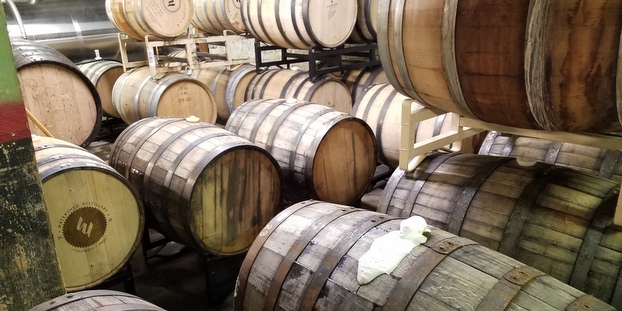
We segregated our wild barrels on the opposite side of a 2-foot-thick stone wall (our building is 100+ years old) away from our clean tanks and barrels. I harvested extra clamps, hoses and other fittings to dedicate to the program.
We got increasingly adept at finding new places to store pallets of supplies to make room for more barrels. Then in February 2017 we made the final plunge into making production sours — we spent new money to allow for safe blending and bottling of the beer. We added a 15-bbl bright tank for blending, bought a pump for CIP purposes and committed to the beer by buying large pitches of yeast and bacteria to inoculate 20 bbls — bringing our program to a total of 30 oak barrels.
Tips to protect barrel-aged beer during the brewing and aging process
We made some compromises though — most of our barrels are just second-use bourbon and rum that previously held our Imperial Stout Dire Wolf. We’re using homebrewing counter-pressure fillers to fill our bottles. We still do not have any stainless fermenters to mess around with. In short — the process has been one built by desire and shaped out of necessity. I’m a brewer that’s big on the idea that necessity is the mother of all invention. Our lack of one piece of equipment leads us to find creative solutions to solve the problem at hand.
I’d love to be sitting on 30 wine barrels right now but we’re making good beer with what we have. It’s also helping to create our own unique profile amongst the beers we produce. After all, who wants to just be a cookie-cutter brewery following all the same steps the better-funded of us seem to follow anyway?
Starting the ‘Wild Heritage Series’
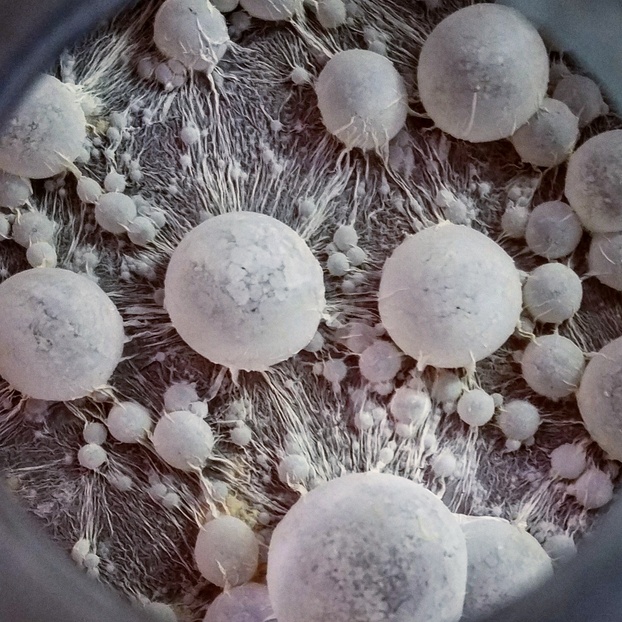
In 2016, I named our sour program the “Wild Heritage Series” out of respect to the timeless wild nature of sour beer. All of our beers in the series are mixed-culture fermentations — no kettle sours.
We did Gold Legacy, the first golden sour brew in 2015, and Red Legacy, a 16-month barrel aged Flanders Red styled beer, as long-term aging projects. But once we had our blending vessel (affectionately referred to as the Manatee), I wanted to brew a beer that had a shorter turn time.
So, for 2017 my goal was to brew a handful of fast-turning farmhouse ales to serve as our production sours. This idea was built on wanting a lower-cost intro to sours for our customers and to allow us to keep sour beer on tap at our brewery year-round, and maybe even get draft as well as bottles out around town. The farmhouse ales are all branded Terre du Sauvage and each is given a color to differentiate the beer in the bottle. Each of our four initial projects are intended to be three-month beers, and we’ve tried to stack them so the Manatee is almost always full of beer.
Terre du Sauvage Gold was brewed with barley, wheat and rye as well as coriander and rosehips. It was fermented with a mixed-culture including Lactobacillus and exhibits an assertive tartness and funky Brett Lambicus character. Terre du Sauvage Green and Red are set to release July 29th. Green was brewed with a similar grist profile to our clean saison L’Abondance — barley, wheat and rye with higher hopping rates, fermented with a blend of Saison yeast and Brett, then dry-hopped with Ekuanot hops. We blended a little Gold into the mix for mild acidity. Red was brewed using 40 percent rye and fermented with Hefeweizen yeast in addition to our mixed-culture. Finally, we just brewed Terre du Sauvage Blue — with 35 percent oats in the mash. The plan is to condition Blue on citrus peel before bottling.
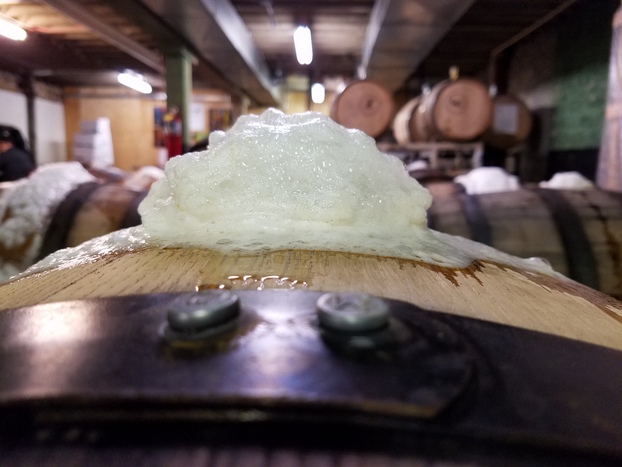
These beers will keep the sour program afloat while the long-term aging stuff builds up. We have goals of eventually adding more Manatees, a foeder, a bottling line and eventually phasing some of the bourbon barrels out for wine, but for now, we are excited to see sour beer on tap in our taproom and bottles on shelves.
The results thus far have been rewarding. In my opinion, we took enough steps before going too far to protect the integrity of the program and the beer while mitigating the risks to our regular beer program.
The takeaway I would leave you with is that where there’s a will, there’s a way. If you’re in the same boat I was in years ago, start planning now. Know where you want to be and what is needed to get there. If you chip away at things over time, the expense and stress of it all will be greatly reduced. Making good sour beer on a budget is possible when you accept that making compromises is part of the game (with the exception of quality, sanitation and safety).
Above all, don’t forget to be creative. No two breweries are the same in my experience, and that’s doubly true for sour breweries. Find your own path and focus. Cheers and good luck!
This awesome feature was provided by Chris Davison, head brewer at Wolf’s Ridge Brewing located in Columbus, Ohio. … O-H! He’s written other great stuff for us too, like this one on coffee bean experimentation.

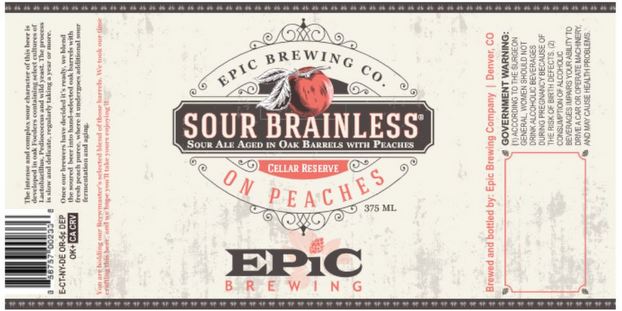
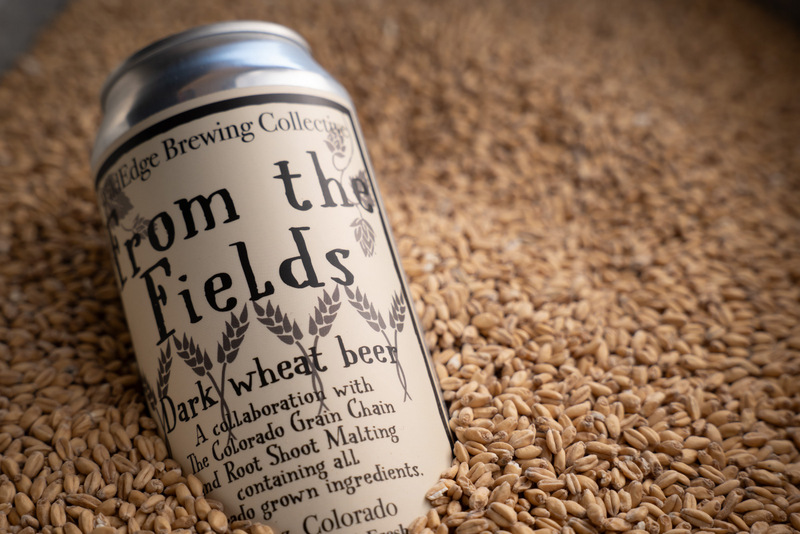

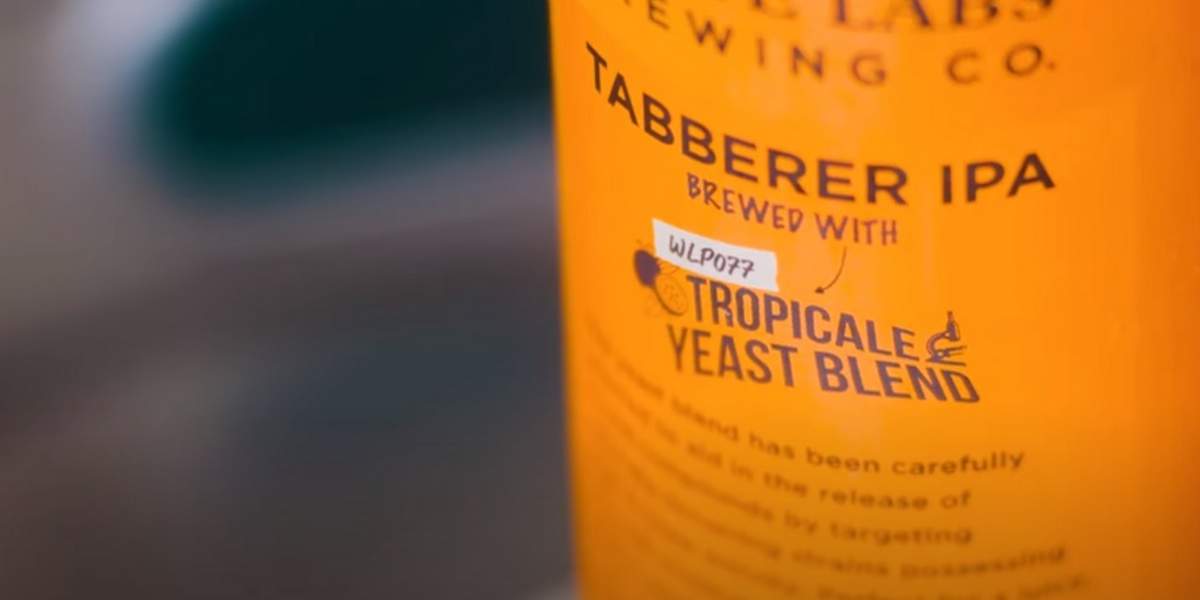
Leave a Reply
You must be logged in to post a comment.